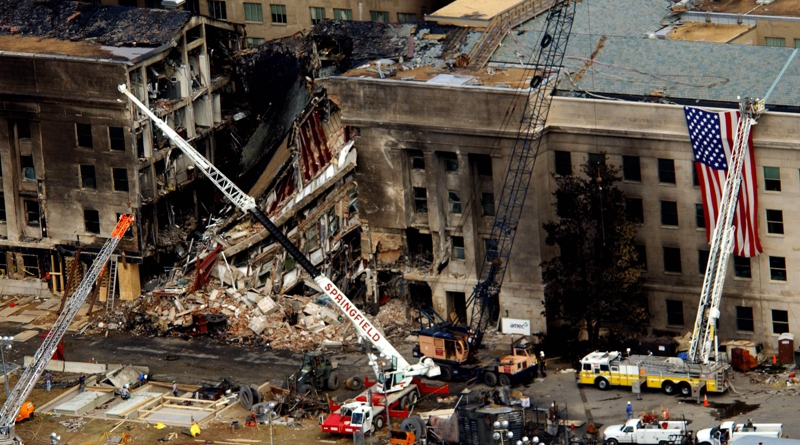Red Teaming Future Waves of Catastrophic Terrorism
Dr. Joshua Sinai
This article’s objective is to demonstrate how a red teaming methodology can be employed in brainstorming sessions, whether by a collaborative team or an individual analyst, to forecast the categories of warfare likely to be selected by organized terrorist groups, loosely affiliated networks, or lone actors of concern against their state adversaries. After explaining the nature of red teaming, eight attack indicators are proposed in a red teaming setting to play out potential terrorist warfare in terms of their strategies, operations, and tactics in attacks of concern, the response role played by a blue team, and how this ‘war game’ would be managed by a control team.
Why is it important to forecast the warfare categories and targeting of future attacks by one’s terrorist adversary? For government agencies, in particular, such forecasting capability is especially crucial when complete strategic, operational and tactical information about one’s terrorist adversary is lacking because of the difficulty in covertly penetrating them with ‘human intelligence’ (HUMINT) or even with ‘electronic intelligence’ (ELINT). These are some of the types of information gaps that forecasting methodologies such as red teaming are intended to fill by providing alternative potential attack scenarios to consider.
Examples in the United States of such missed opportunities for preemptive intervention in the past where the intelligence “dots were not connected” prior to ma...

